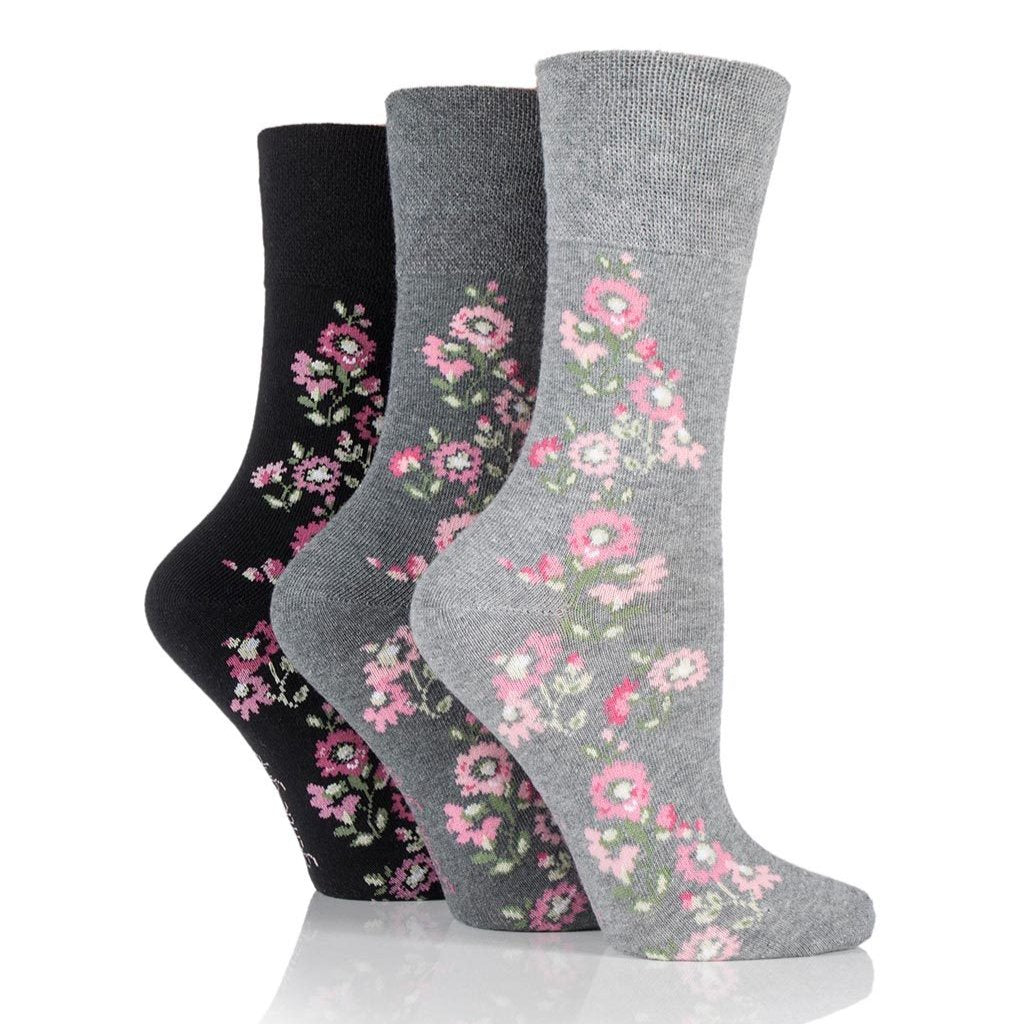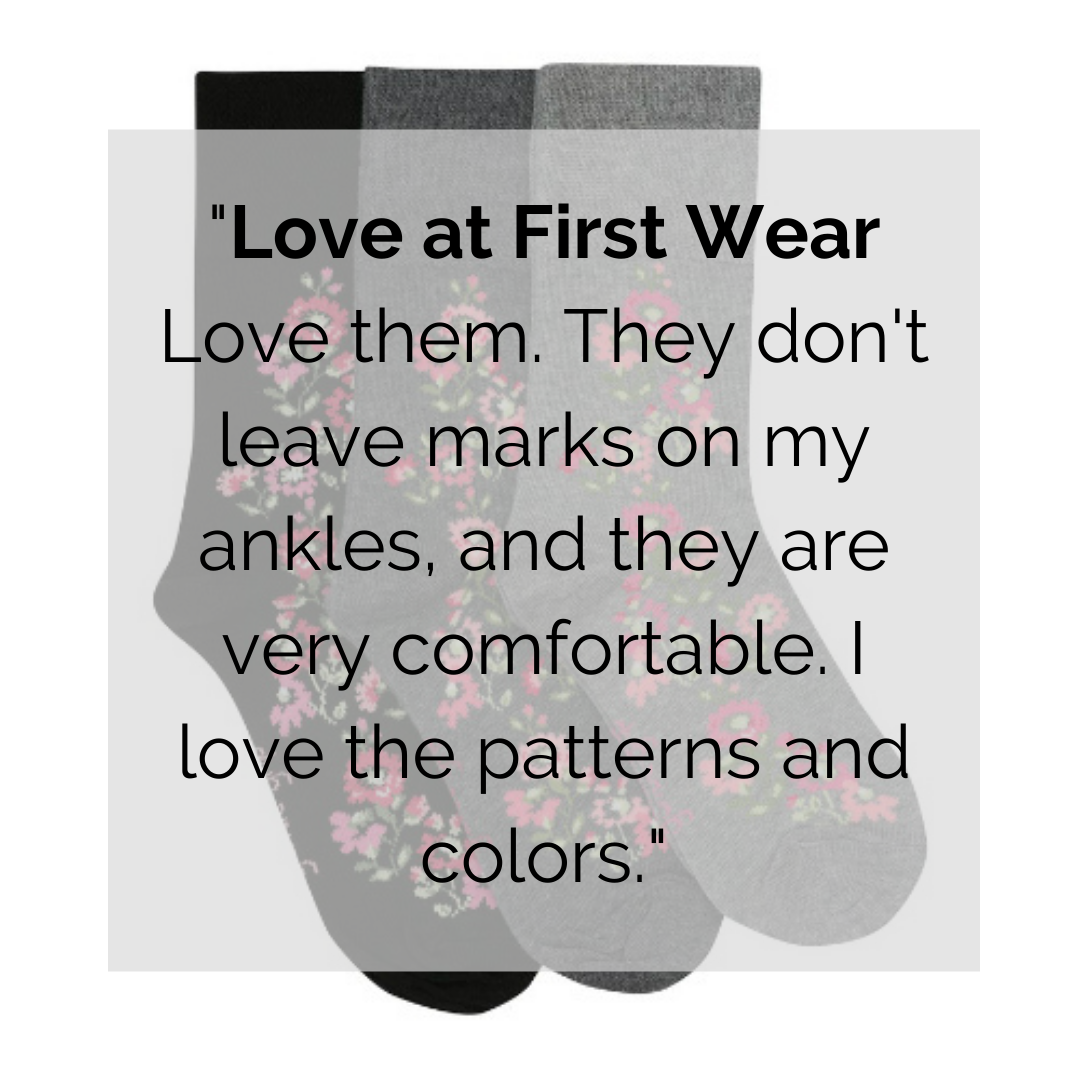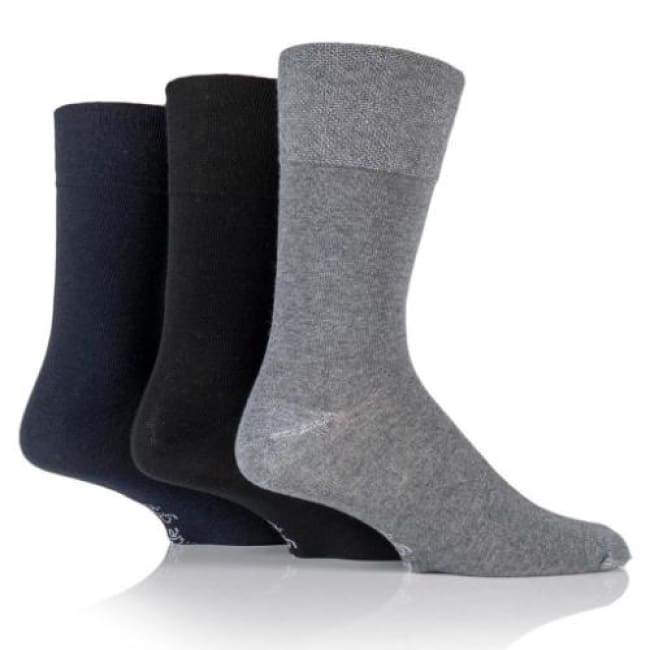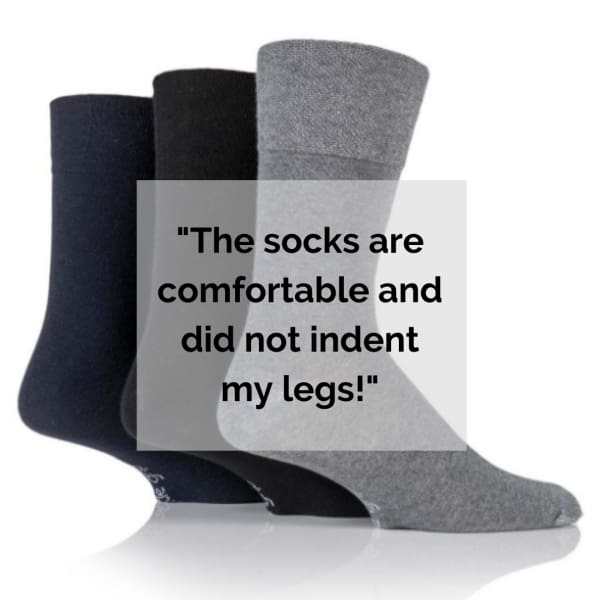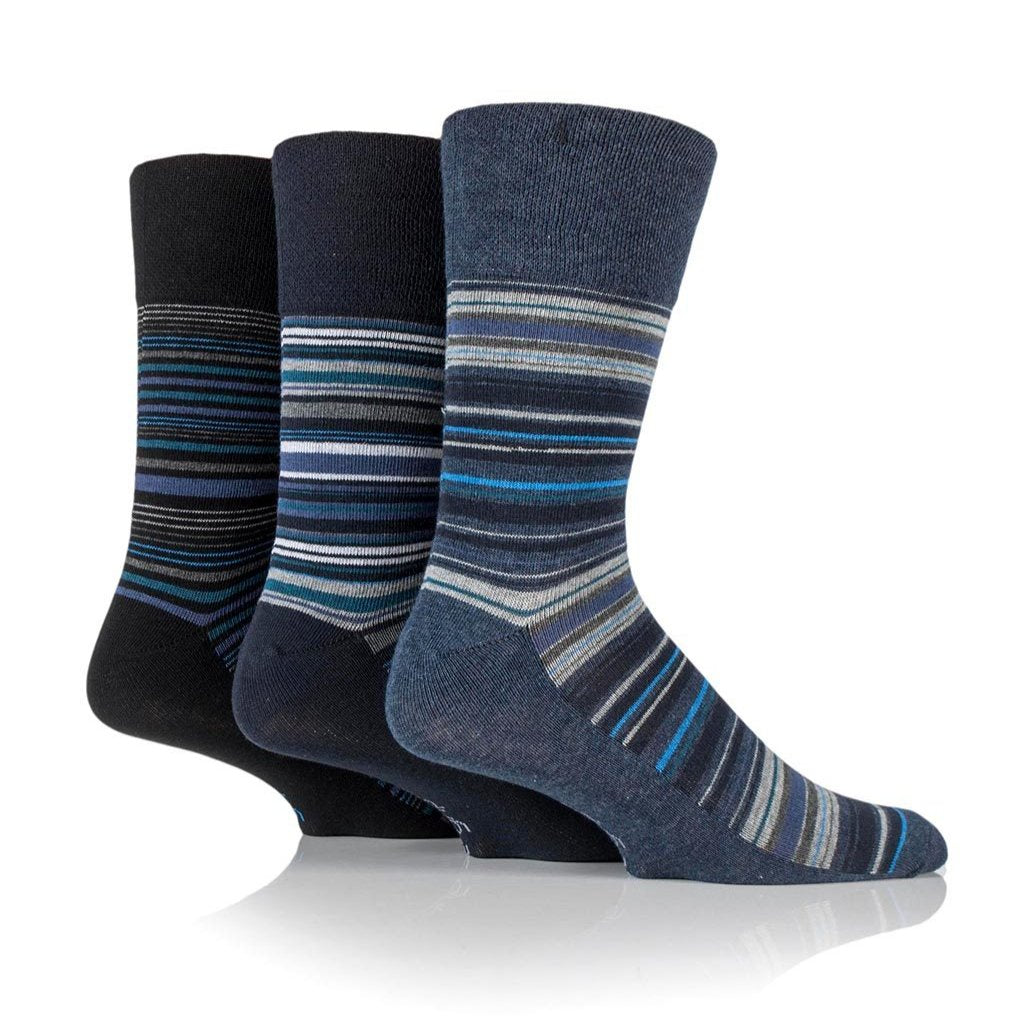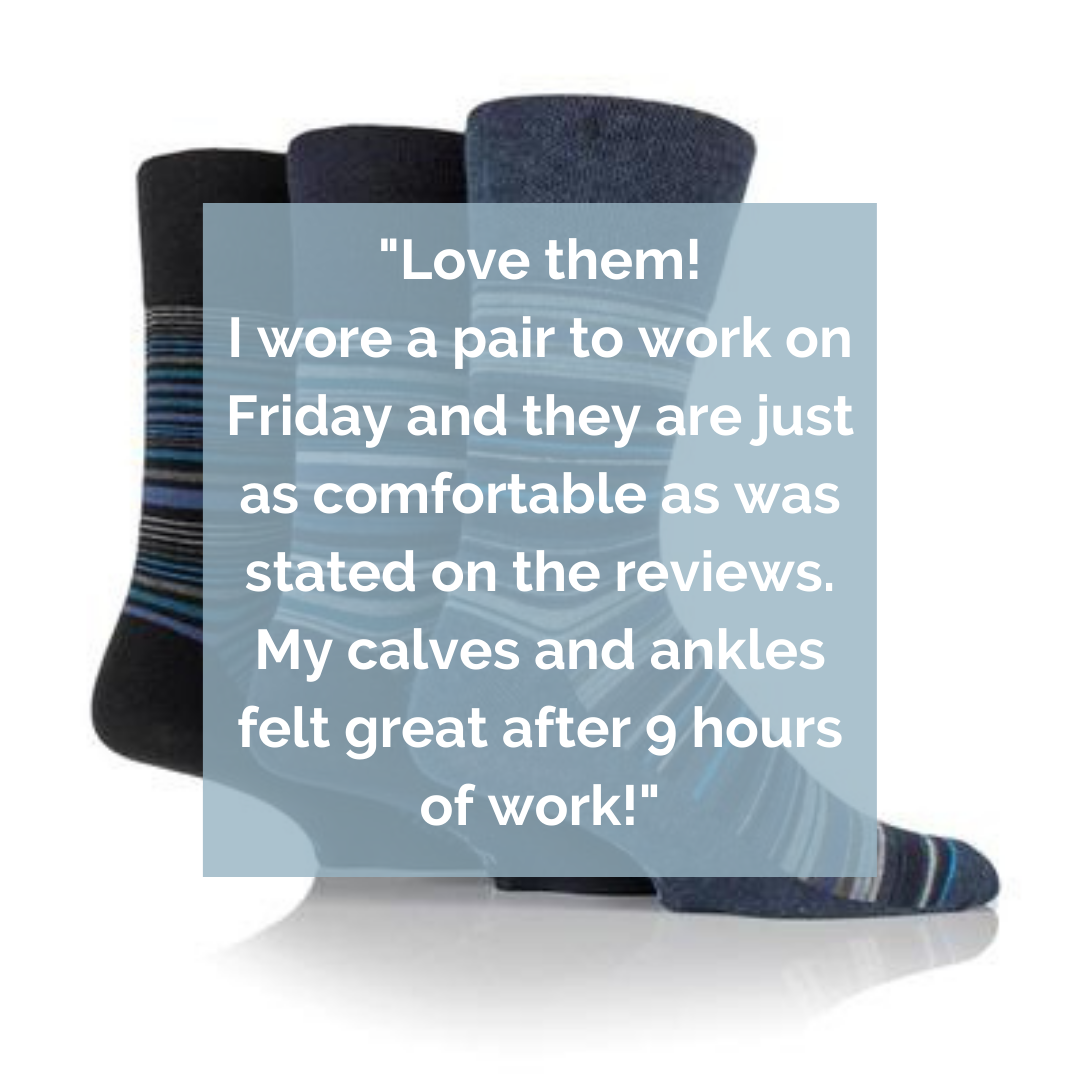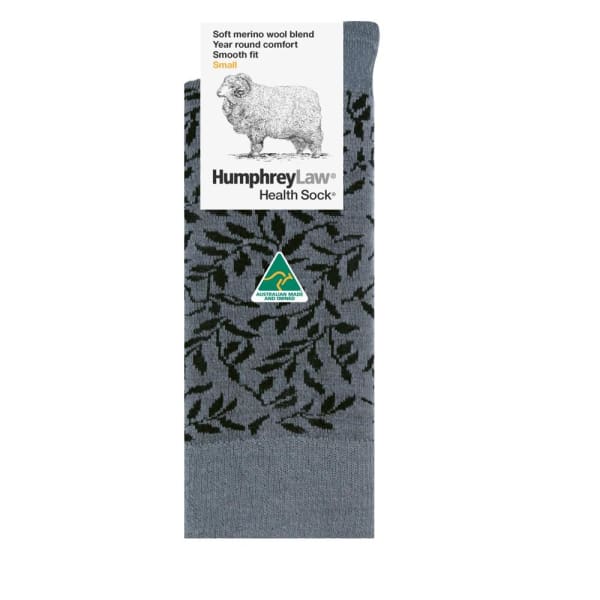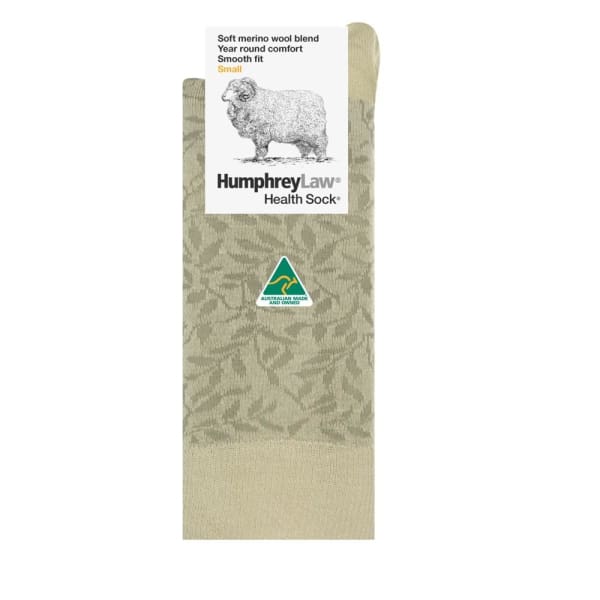A Glossary
Accessibility/Accessible
A term that describes the usability of a product, service or location by as many people as possible.
Activities of Daily Living (ADLs)
Personal care tasks necessary for every day living. These include dressing, using the toilet, and moving about the home. Click on the highlighted links for some of our favorite products.
Aging in Place
The ability to live in one’s own home and community safely, independently, and comfortably, regardless of age, income, or ability level. Includes being able to participate in family and community activities.
Arthritis
Inflammation of a joint, usually accompanied by pain, swelling, and sometimes change in structure.
Assistive device
A tool that assists a person with a disability to complete a task.
Caregiver
An individual who provides assistance and companionship to another adult who needs assistance to be able to continue to live in the community. Caregivers can be paid professionals or unpaid family members.
Commode
Another word for toilet. Commode often refers to a device that can be used as a free standing device or placed over the standard toilet seat to make it higher and easier to use. Free standing commodes are often used in bedrooms when accessing a bathroom is too difficult.
Compression Stocking
Hosiery designed to manage and prevent problems with the veins of the leg by providing support and gentle pressure to increase circulation. See our popular compression socks here.
Dementia
A loss of brain function that occurs with certain diseases. It affects memory, thinking, language, judgment and behavior. These deficits can be severe enough to interfere with the ability to perform routine tasks. There are many types and causes of dementia but Alzheimer's disease is the most common.
Disability
The inability to perform an activity in a normal way as a result of a physical or mental impairment.
Durable medical equipment
DME is the federal program, paid through Medicare Part B, that covers some of the cost of medically necessary devices. Medicare places very specific limitations on what it will cover. Read more here. Most commercial insurance companies follow the same guidelines as Medicare when determining DME coverage.
Ergonomics
The science of obtaining a correct match between the human body, work-related tasks, and work tools.
Gait
Pattern of walking or locomotion.
Handicap
Barriers imposed by society, the environment, or attitudes that prevent a person with a disability from performing a role that is normal for that person.
Home Health Care
Services delivered at home to recovering, disabled, chronically or terminally ill people who need medical, nursing, social, or therapeutic treatment, and/or help with activities of daily living. Some home health services are covered by medicare or insurance when certain conditions are present.
Impairment
Loss of normal function of part of the body due to disease or injury, such as paralysis of the leg.
Medicaid
A joint federal/state program that pays medical assistance for people with low incomes or very high medical bills relative to their income and assets. Medicaid is the primary payer of long-term care in our nation.
Medicare
The federal health insurance program for people age 65 or older, and for some younger people with a disability. Medicare does not pay for long-term care.
Mobility
The ability to move or be moved freely and easily.
Occupational Therapy
A form of therapy that provides for people who have suffered a loss of function to return to self care and other roles that are important to them like those of a job, parent or friend. A blog post....
Physical Therapy
A form of therapy that helps patients reduce pain and improve or restore mobility.
Rehabilitation
The process of helping a person achieve the highest level of function, independence, and quality of life possible. From the Latin "habilitas," which means to make able.
Rollator
Rollators were designed using the same basic principles of the regular standard walker but also to address specific needs that were not being met by the traditional walker. Rollators have hand brakes and larger wheels to allow for more control. The wheels are made to be used both indoors and outdoors for more versatility. Rollators also provide a place to sit when the user becomes tired. Our Rollators and resources....
Transport chair
A type of wheelchair designed with smaller wheels and lighter weight than a traditional wheelchair. Transport chairs are designed to be pushed by a companion and are ideal for going on short trips to the mall, out to eat, doctors appointments or for traveling. Our Rollz motion converts from a rollator to a transport chair.
Universal Design
Universal design refers to broad-spectrum ideas meant to produce buildings, products and environments that are inherently accessible to older people, people without disabilities, and people with disabilities.
Walker
A device used when additional support or stability is needed for walking. Available in a variety of styles to meet individual needs. Many accessories, such as walker trays, baskets or pouches are also available. Click here for walkers and resources at Ease Living.
Walking Canes
Walking Canes (also Canes, Walking Stick, Crook, Hiking Staff, Quad Cane) are assistive devices used to provide stability when walking by providing an increased base of support. Canes are available in a wide variety of styles and price points from the simple to the elaborate. There are different types of canes as detailed here...
Wheelchair
A chair fitted with wheels for use as a means of transport by a person who is unable to walk as a result of illness, injury, or disability.







